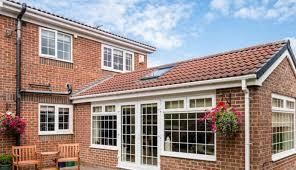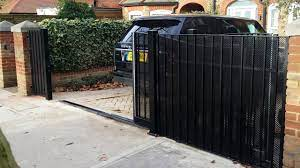An introduction to surface engineering processes
Surface engineering processes are technologies that change the surface properties of components, both metallic and non-metallic, whether decorative or functional. The surface can be designed to improve the resistance to wear and corrosion; in addition, the surface can be aesthetically attractive or offer property enhancements, such as improved non-stick properties.
Aqueous electrolytic
Aqueous electrolytic coating is usually used to plate metal coatings; however, this technique can also refer to anodising certain metals, such as aluminium and titanium. This type of coating is also used for electropolishing stainless steel products.
Electroless processes
Electroless processes do not use electrolytic energy, which is important when considering surfaces for copper, nickel, tin and gold. These are applied by a chemical reduction method.
Aqueous non-electrolytic
Aqueous non-electrolytic is used for many different processes, commonly the ‘blacking’ of steel. Surface engineering specialists, such as https://www.poeton.co.uk/, can also use this method in cleaning, mechanical plating, pickling, passivation, phosphating, and other colouring processes.
Organic (liquid)
Organic liquid is used as a solvent or as a water-based solution. This is applied to metal by dipping, dip-spinning, spraying, flow coating or electrophoretic or auto-catalytic methods when water-based paints are used.
Organic (powder)
Organic powder is a dry powder that is applied using electrostatic spraying. This can also be applied with fluidised bed techniques in certain instances.
Heat treatment
Heat can be used alongside certain gases to metallurgically change the structure and properties of a particular component. This part might be stress relieved, hardened or softened by the process. The part might also change noticeably in its composition.
Galvanizing
Galvanizing treatments mean that ferrous articles are submerged in molten zinc. This molten material might also be an alloy of zinc. The action of galvanizing produces a deep surface layer, which acts to effectively protect the material against corrosion.
Tinning
Tinning is a similar process to galvanizing; however, instead of using molten zinc, the material is dipped into tin. This creates a thick layer of tin that works to protect the material.
Metal spraying
Metal spraying is a popular technique that is ideal for transferring metals by using heat, arc or plasma to coat the surfaces of the components.
Vitreous enamelling
Vitreous enamelling is the spraying or dipping of metallic glass onto components. This method is ideal for coating kitchen hobs.


















